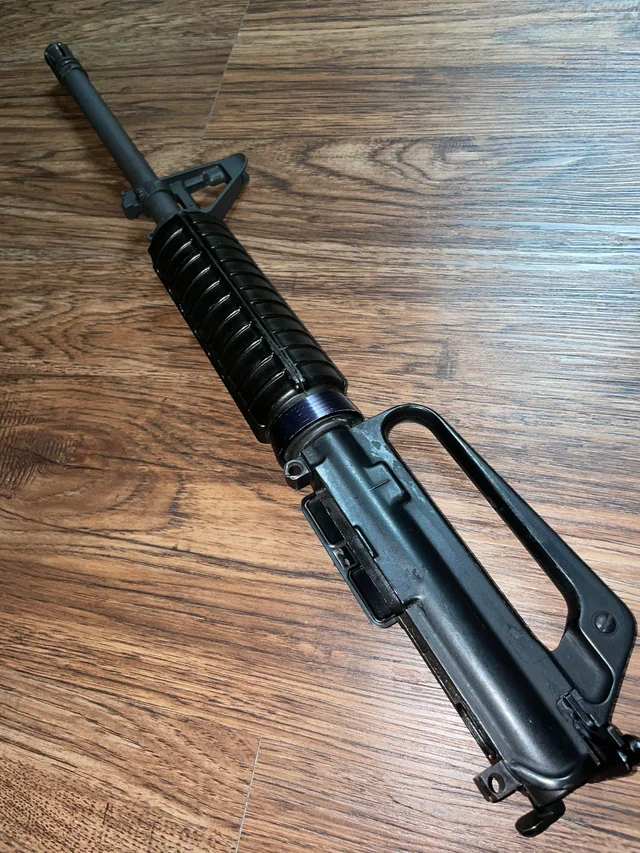Introduction:
When it comes to building or customizing your AR-15 rifle, one crucial aspect that often gets overlooked is the weight of the upper receiver. The upper receiver plays a significant role in determining the overall balance and handling characteristics of your firearm. In this article, we will explore the importance of weight considerations for AR uppers and how it can impact your shooting experience.
Understanding AR Uppers:
The term “AR Uppers” refers to the upper receiver assembly of an AR-15 rifle. It includes components such as the barrel, handguard, gas system, and other attachments. The weight of these components varies depending on materials used, length, and design. While some shooters prefer lightweight configurations for ease of maneuverability, others prioritize stability and accuracy.
Balancing the Weight:
The weight distribution between the upper and lower receiver greatly affects the balance of the rifle. A well-balanced AR-15 should feel comfortable and natural when shouldered, allowing for quick target acquisition and follow-up shots. An excessively heavy upper receiver can make the rifle front-heavy, causing fatigue and making it challenging to maintain steady aim.
On the other hand, an overly light upper receiver can result in excessive recoil and muzzle rise, negatively impacting accuracy. Achieving the right balance is a personal preference, influenced by factors such as shooting style, intended use, and individual strength.
Factors to Consider:
- Barrel Length: Longer barrels tend to be heavier, while shorter barrels are lighter. Consider the intended purpose of your AR-15 build, whether it’s for long-range precision shooting or close-quarters maneuvering.
- Material Choice: Different materials, such as aluminum or polymer, affect the weight of the upper receiver. Aluminum is a popular choice due to its durability and strength, but it tends to be heavier than polymer alternatives.
- Handguard Selection: The handguard not only protects your hands from the heat generated by the barrel but also contributes to the overall weight. Choosing a lightweight yet sturdy handguard is essential for maintaining balance.
- Optics and Accessories: The weight of additional optics, sights, and accessories can quickly add up. Consider the total weight of your preferred setup to ensure it doesn’t compromise the balance and handling of your AR-15.
Conclusion:
Finding the right balance between weight and performance is crucial when considering AR uppers. Whether you prioritize maneuverability, accuracy, or a combination of both, understanding the impact of weight on your shooting experience is essential. Take into account factors such as barrel length, material choice, handguard selection, and the weight of additional accessories to create a well-balanced AR-15 that suits your needs.
Remember, the term “AR Uppers” encompasses various components, and each decision you make contributes to the overall weight and feel of your rifle. By carefully considering these factors, you can optimize your shooting experience and achieve the perfect balance in your AR-15 build.


